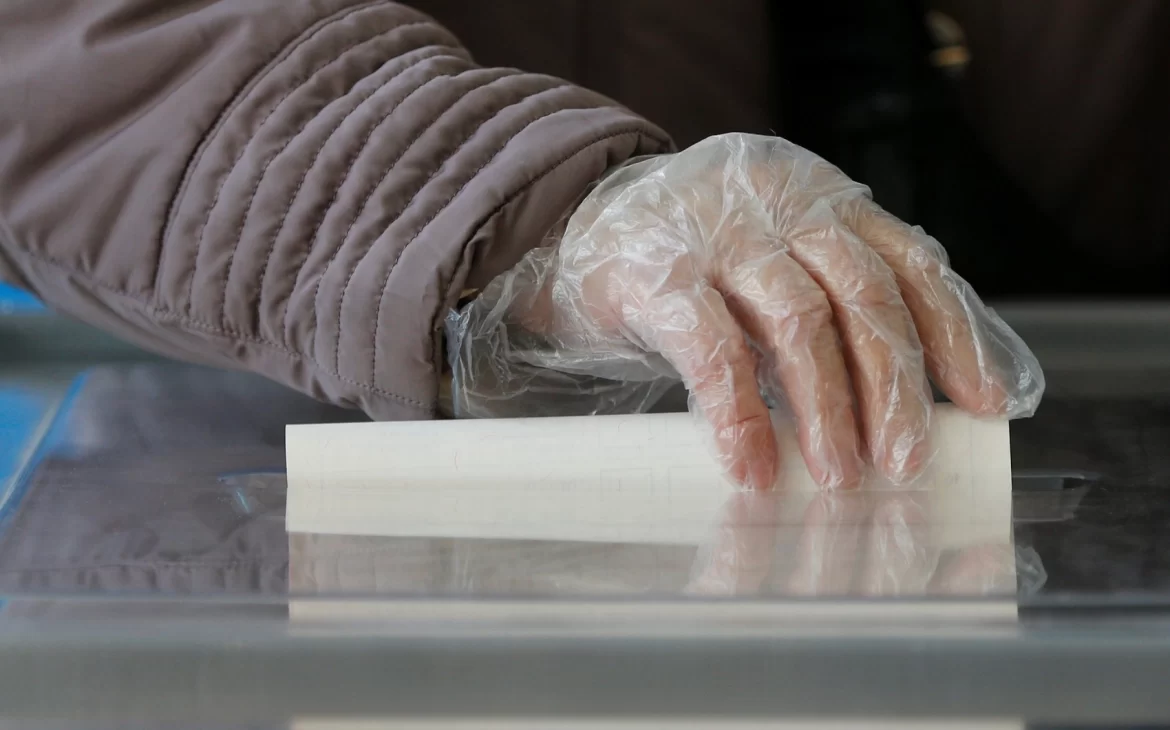Sandpaper, often known as glass paper, is a versatile tool used for various finishing and smoothing tasks across industries such as woodworking, metalworking, automotive, and even fine arts. While many are familiar with the concept of sandpaper, few understand the technical aspects that govern its performance, including the concept of paper weight. This blog delves into the importance of paper weight in glass paper, how it’s measured, and its impact on various applications.
What Is Glass Paper Weight?
Glass paper weight refers to the thickness, density, and durability of the paper or backing material used in sandpaper. This characteristic plays a significant role in determining the sandpaper’s strength, flexibility, and suitability for specific tasks. In general, a higher paper weight indicates a thicker and more durable backing, while a lower paper weight implies a thinner, more flexible backing.
Measuring Paper Weight
The weight of sandpaper is typically measured in pounds per ream (500 sheets) or grams per square meter (gsm). These measurements give an indication of how much paper is used in each sheet and can help users select the right type of sandpaper for their needs. Here are the most common paper weight categories used in sandpaper manufacturing:
- A-Weight: This is the lightest paper weight, typically used for fine sanding and finishing applications. It offers flexibility but can be less durable for heavy-duty tasks.
- C-Weight: This is a medium paper weight, providing a good balance between flexibility and durability. It is commonly used for general-purpose sanding tasks.
- D-Weight: This is a heavier paper weight, offering greater strength and durability. It is suitable for heavy-duty applications and aggressive sanding.
- E-Weight: This is among the heaviest paper weights, used for industrial-grade applications requiring maximum durability and strength.
The Impact of Paper Weight on Sandpaper Performance
The choice of paper weight has a significant impact on the performance and longevity of sandpaper. Understanding the different paper weights and their applications can help users make informed decisions when selecting sandpaper for their projects.
Flexibility
Lighter paper weights, such as A-Weight, are more flexible, allowing them to conform to irregular surfaces and curves. This makes them ideal for fine sanding and finishing tasks, where a smooth, consistent finish is desired. However, this flexibility comes at the cost of durability, making lighter paper weights less suitable for heavy-duty sanding.
Durability
Heavier paper weights, such as D-Weight and E-Weight, offer greater durability and resistance to tearing. These paper weights are ideal for aggressive sanding and heavy-duty applications, such as sanding hardwoods or removing thick layers of paint. However, the increased durability often means reduced flexibility, which may not be suitable for all tasks.
Longevity
Heavier paper weights tend to last longer due to their increased durability. This can be advantageous for professionals who require consistent performance over extended periods. However, it’s worth noting that heavier paper weights can also be more expensive, so the choice should be made based on the specific project’s requirements.
Selecting the Right Paper Weight
Choosing the appropriate paper weight for a given task involves considering factors like the type of material being sanded, the desired finish, and the sanding method used. Here are some guidelines to help select the right paper weight:
- Fine Sanding and Finishing: For tasks that require a smooth finish or involve delicate materials, A-Weight paper is a good choice. This includes sanding between coats of paint or varnish, or smoothing fine details in woodworking projects.
- General-Purpose Sanding: For everyday tasks, C-Weight paper offers a balance between flexibility and durability. This makes it suitable for a wide range of applications, from smoothing rough wood surfaces to preparing metal for painting.
- Heavy-Duty Sanding: For more aggressive sanding tasks, D-Weight or E-Weight paper is recommended. These heavier paper weights are ideal for removing thick layers of material, sanding hardwoods, or preparing metal surfaces for welding.
Conclusion
Understanding the importance of paper weight in glass paper is crucial for selecting the right type of sandpaper for various tasks. By considering factors like flexibility, durability, and longevity, users can choose the appropriate paper weight to achieve the desired results. Whether you’re a professional craftsman or a DIY enthusiast, knowing which paper weight to use can make all the difference in achieving a smooth and polished finish.

